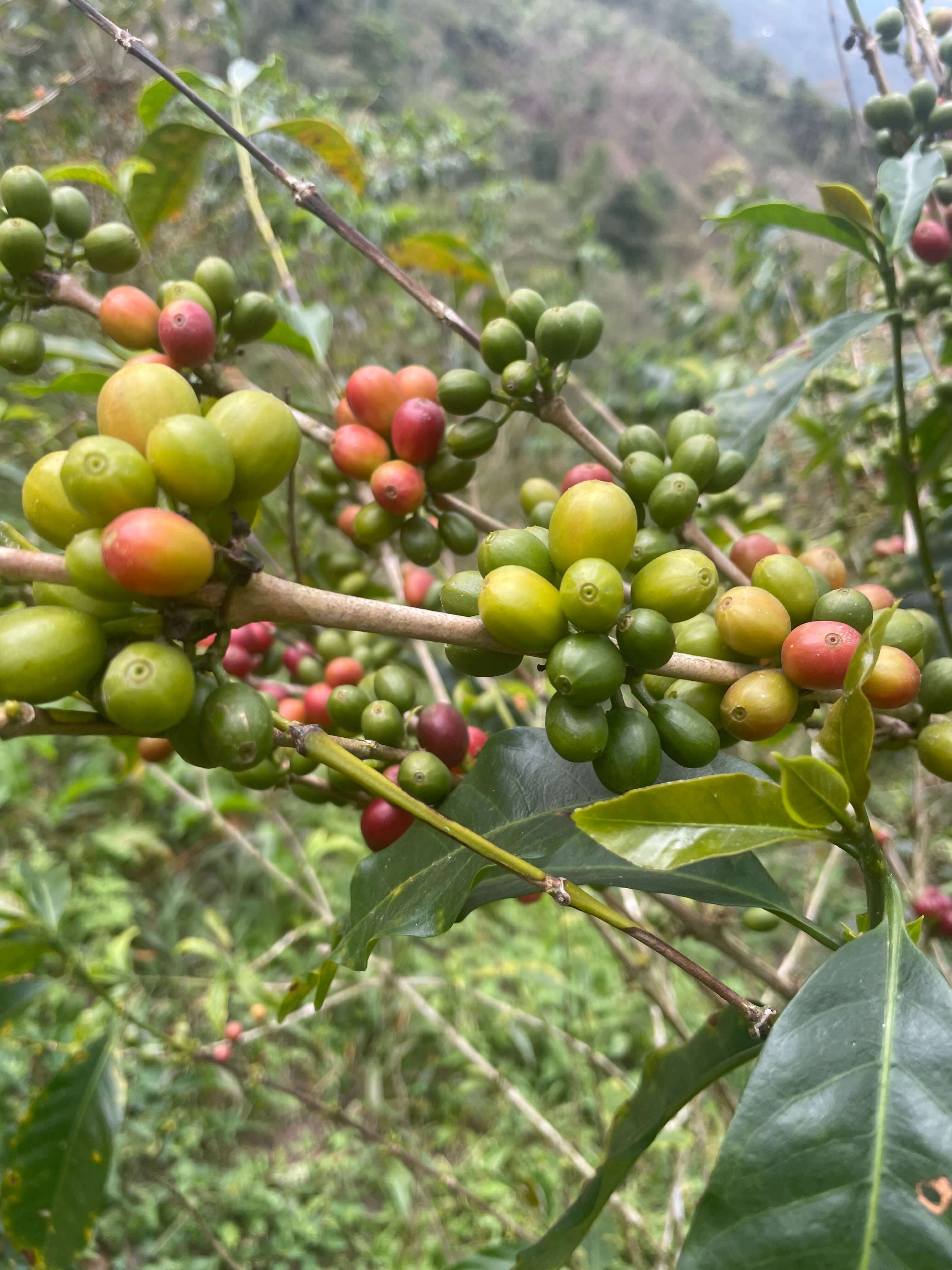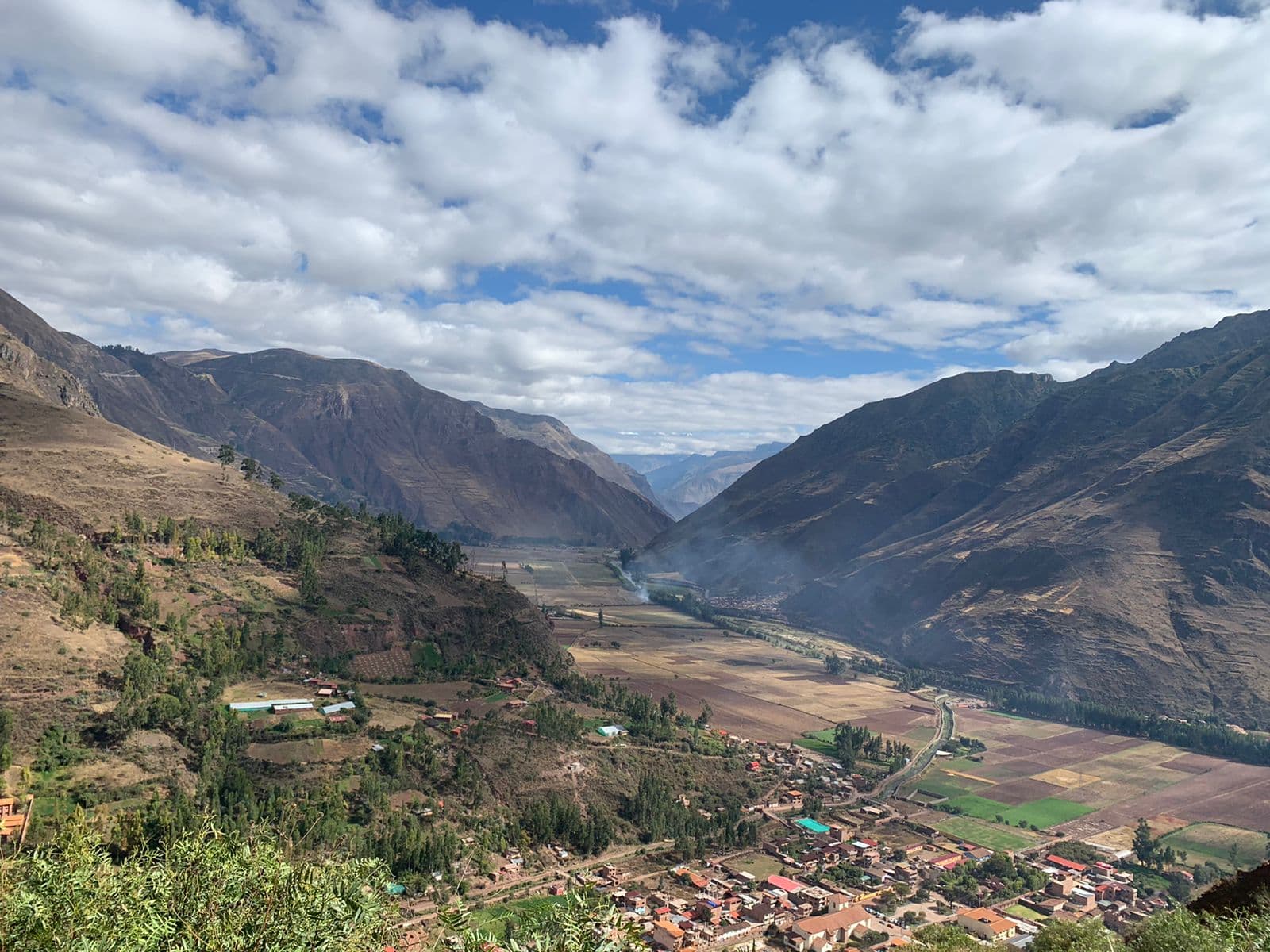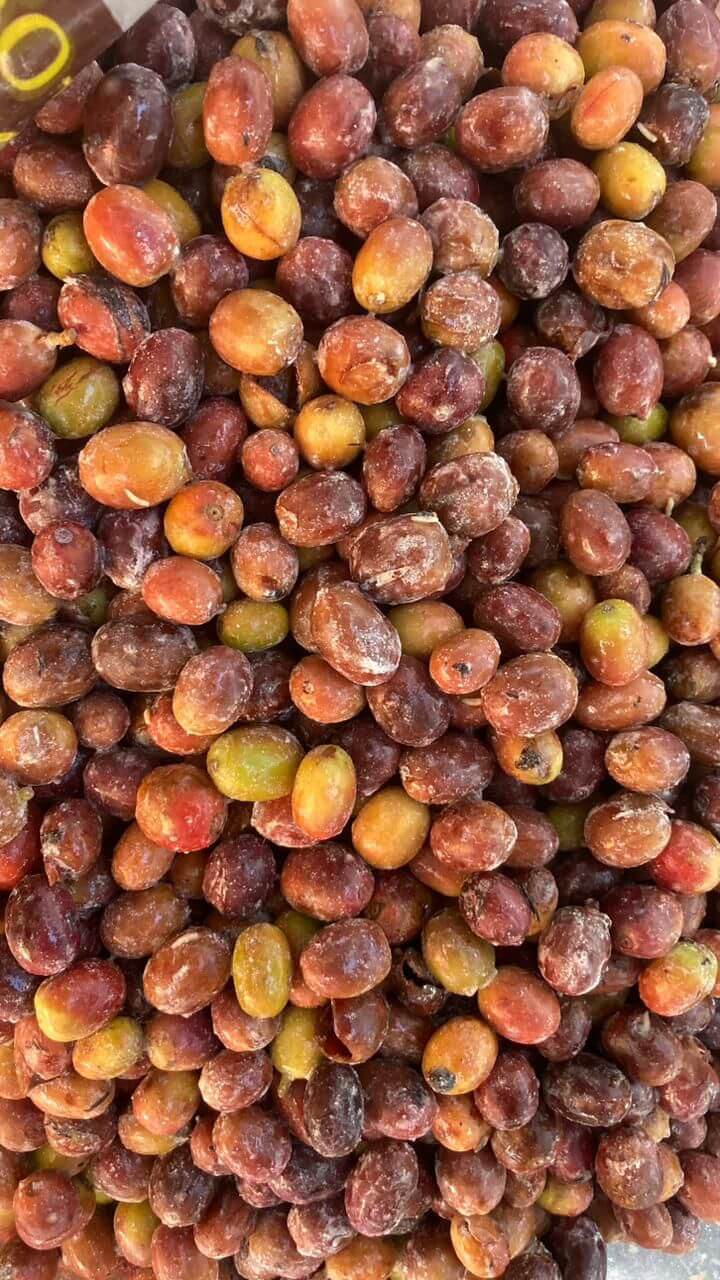Talking about what a Khipu is definitely lends itself to talking about the Incas and we’ll start there.
The Incas were a group of indigenous people who lived in the Andes region of South America, they were one of the most powerful empires in the Americas and ruled over present-day Peru, Ecuador and Chile.
The Inca period lasted from 1438-1533 AD and is famous for its many achievements such as the vast road system, it’s sophisticated irrigation systems, Machu Picchu, and of course the Khipu.
But what exactly is it for?
A Khipu was a type of knotted string that was used by the Incas to record information. They were used for a variety of purposes, including recording census data, tracking trade routes and storing astronomical information.
In today's context and relation as a feat of achievement, it’s similar to a blockchain in that it was a system used by many people to store data in a reliable way. The way information was recorded was through knots on a piece of string, specifically the size and type of knot and in what position of the string determined the information it contained.

How did the Incas use Khipus for food production?
The Incas recorded information about food production such as what crops were grown, the amount of food that was produced and the distribution of that food. Back in the Incas days they were not growing coffee but they were growing the staples that are still popular today in Peru such as potato and corn.
What did the Incas do with the information from the Khipus?
Planning for the future food production and determining how much they need to produce to feed the population of the empire was paramount for keeping order and trust. The Incas were incredible at engineering and still to this day Peruvian farmers benefit from their sophisticated irrigation systems which relied on canals and ditches to bring water to the crops.
The Incas were masters of resource recycling and in the 20th century the work of Ana Kendall OBE, a British Archeologist, brought back to life some of their methods of using terraces to store heat and their irrigation systems for water efficiency.
Has the mystery of the Khipus been solved?
No. There is a lot of research going on stil today to try and understand what the Khipus meant and what information they stored. It is still unclear how the knots represent different pieces of information and also not clear how the Incas were able to read the Khipus and even who in the Inca empire was able to read them.
There is a belief that only Inca Kings and nobility were able to read and understand the Khipus.
Who could read the Khipus?
It’s not confirmed exactly who could read the Khipus but we’ll give it a go here by introducing the notable deities, kings, warriors and heroes of the Inca folklore.

Inca Mythology 101
It all started with Contiti Viracocha (Viracocha the creator) & Mama Cocha (Sea Mother) both powerful deities in Inca mythology.
Viraocha was the god of the sun, and responsible for creating the world and for providing the Incas with their ability to create. Mama Cocha was responsible for giving life and fertility through water and creating the lakes, rivers and the seas.
Manco Capac and Mama Ocllo
The first Inca King and Queen. They founded the Inca Empire and ruled it during its early years. They were responsible for building its first temples and palaces, and for laying the foundation for its impressive achievements.
Manco Capac was the founder of the Inca Empire. He was a legendary figure who is said to have founded the Inca civilisation after emerging from a cave in the Andes Mountains. Mama Ocllo was his wife and the mother of the first Inca king, Pachacuti. She was a powerful figure in Inca mythology, and she is often depicted as a goddess who bestowed gifts of wisdom and knowledge on her people.
The Creators of Machu Picchu
Pachacuti was the ninth Inca, and the most famous. He is credited with expanding the Inca Empire to its greatest size, and with developing the most famous Inca sites, such as Machu Picchu in Cusco. He ruled for over 30 years. As with most incredible feats there was of course a woman by the side of Pachacuti, the powerful Cura Ocllo.
They birthed a son called Tupac Inca Yupanqui, he was the tenth and final Inca and the most famous son of Pachacuti and Cura Ocllo. He is known for the military campaign which greatly expanded the Inca Empire during the late 15th century.
The Golden Years
The son of Tupac Inca Yupanqui, Huayna Capac led the golden years of the Inca Empire. A powerful king known for his diplomatic skills, which helped to maintain the unity of the Inca Empire in the face of internal strife such as succession disputes, revolts, and civil wars.
Even after the death of Huayna Capac, his wife Mama Runtu played a key role in keeping the peace during the power struggle internally for control of the Empire for years after Huayna had gone. They birthed a famous son called Atahualpa who was their second son.
The Beginning of the End
He was dramatically captured by Spanish conquistador Francisco Pizarro and executed by him. He ruled the Inca empire for only 1 year in 1532 and in that time managed to resist many Spanish traps to capture him as it was a priority for him to be captured alive. He was finally captured in Cajarmarca, a region in the North of Peru.
The Inca Empire was conquered by the Spanish invaders in 1532. The Spanish then proceeded to rule the empire for the next 300 years.

The Empire Today
Even though there is no Inca Empire today in Peru, the role they played, the infrastructure they built and what they stood for is still well and truly lived everyday. It’s common for the culture and people in Peru to reference the likes of Pachamama, who was the Inca Goddess, the Mother of the earth and giver of life and fertility in their appreciation for the land and nature.
There are many people who also still speak the Inca language, Quechua, especially in the remote regions such as Puno, Cusco and Ayacucho. It’s also spoken in a number of countries in different forms in South America.
It’s not just the Khipu that lives on...
Image Credits
The abstract version of the khipu is by Barcelona artist Sixe Paredes who has extensive knowledge about Peruvian culture and history. The Inca mural and final image are from PESIMO, a Lima based Peruvian artist.






